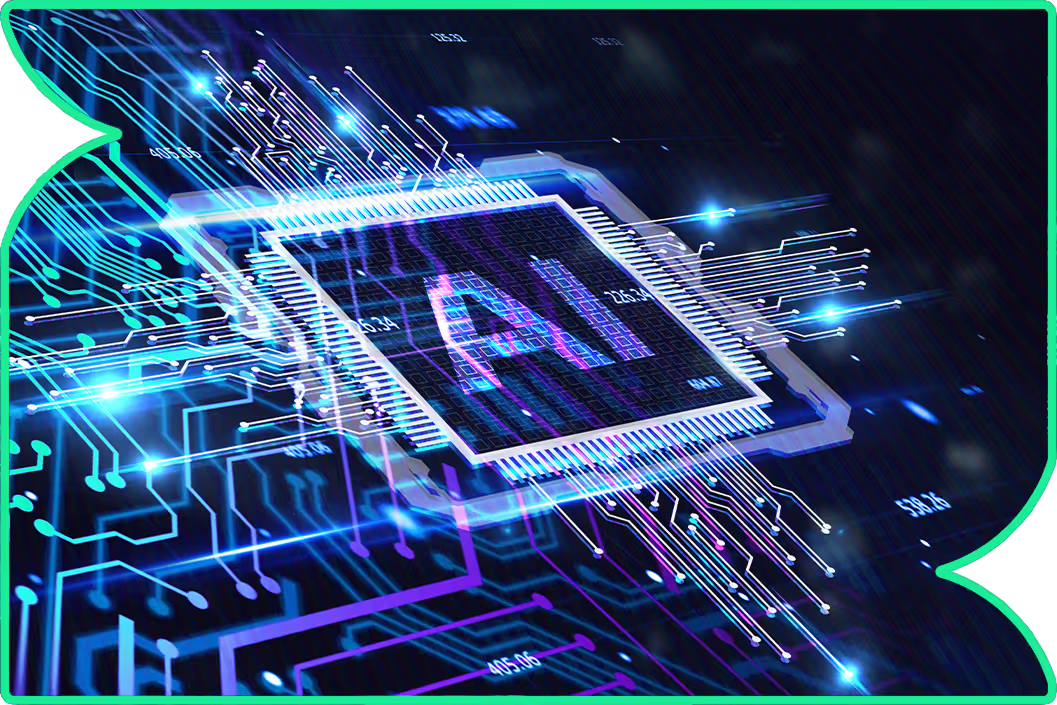From RAD to low-code – the evolution of application development
The development of low-code platforms has gone through several fundamental stages and was a natural consequence of the emergence of RAD (Rapid Application Development) tools, which increased the efficiency of software development teams. Initially, the challenge was to eliminate the need for programming or scripting by providing designers with a graphical user interface. The emphasis on faster business application generation and the search for savings by agile organizations led to a search for ways to automate the work of both the designer and the user of the generated application. We have already passed this stage, because what could be automated has already been automated.
Breakthrough: artificial intelligence and natural communication
And so, the era of artificial intelligence has arrived. LLM and RAG models and natural language communication have entered human-computer communication. Breaking down communication barriers affect both the application designer and the user, and beyond the conversational interface, chat, and data search and classification, only the imagination limits the further areas of application for AI models.
AI-Augmented Development – a new approach to software development
It seems that the AI revolution will result in a change in the designation of application development platforms, as low-code design is giving way to AI-augmented development.
Meltemee: artificial intelligence at the service of designers and users
The use of AI in our low-code Meltemee platform improves both the efficiency of app designers and end-user applications, while increasing the functionality of the tool and the solution being created. Designer support primarily involves the automatic generation of application logic and communication in natural language. AI in Meltemee platform becomes a virtual assistant to the designer, suggesting optimal components, generating database schemas based on business requirements, supporting testing, and even proposing preliminary versions of user interfaces, which significantly speeds up the design cycle and reduces errors.
Intelligent applications – active team members
The use of artificial intelligence means that low-code applications created with Meltemee technology are not only useful tools, but also act as active team members:
- they support the implementation of tasks,
- perform tasks for users (both platforms and applications),
- learn – adapt to behaviors and needs,
- are interactive,
- communicate in natural language, facilitating collaboration between humans and the system.
As a result, Meltemee solutions not only increase efficiency, but also participate in the daily work of teams. It is technology that works with people, not just supports them.




